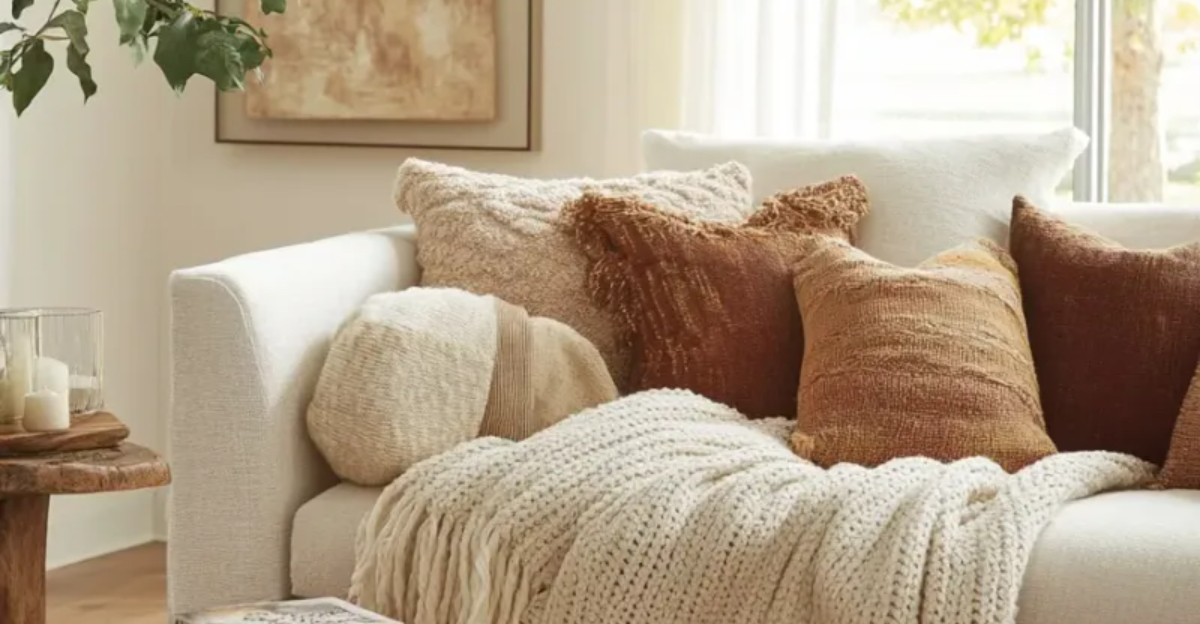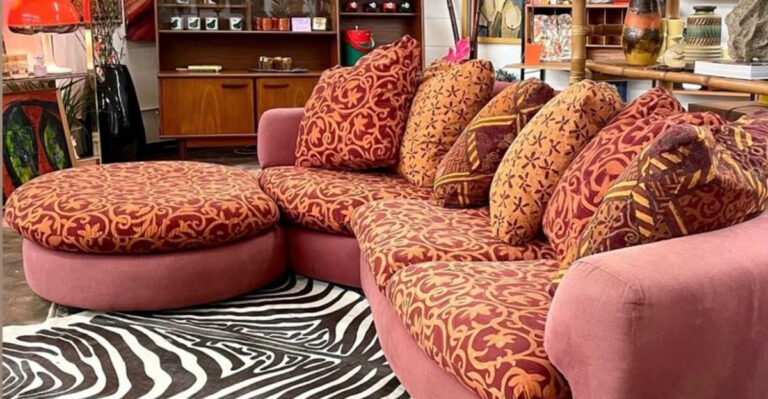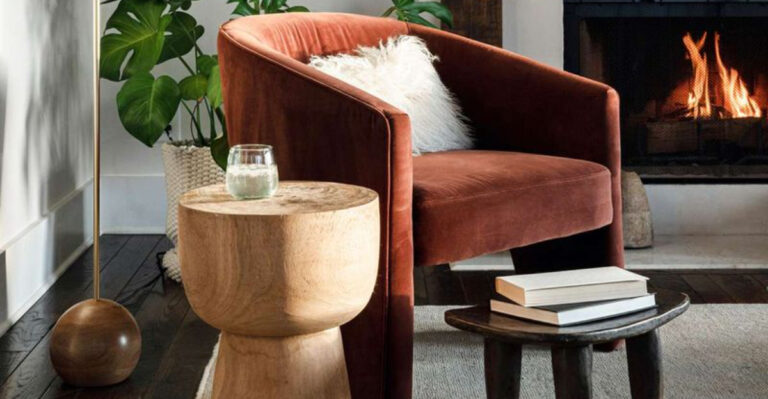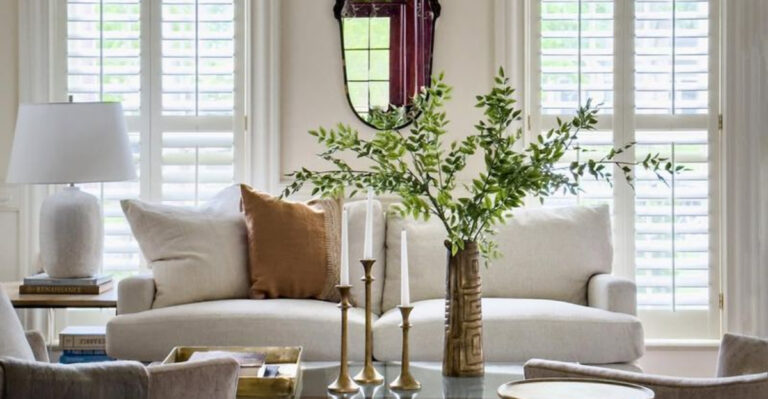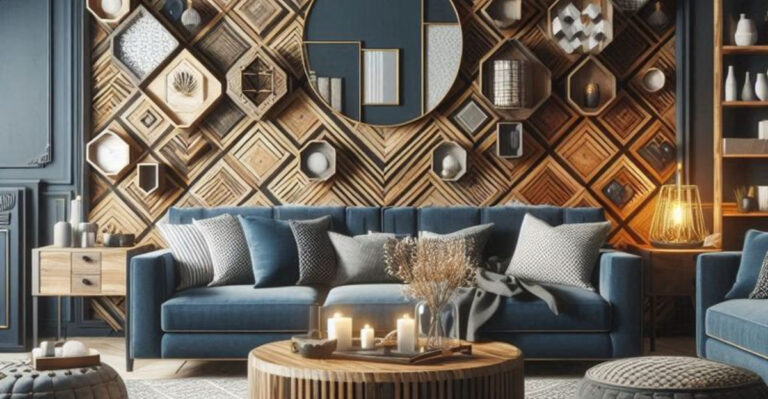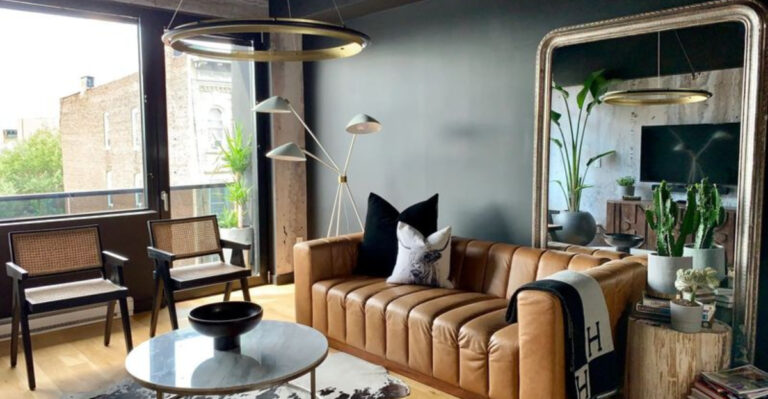Family Room vs Living Room – What’s The Difference And Why You Might Want To Have Both
I used to think a family room and a living room were basically the same thing, until I lived in a house with both. That’s when I realized they each serve a totally different vibe.
One’s made for kicking back in pajamas and watching TV with popcorn everywhere, while the other feels just a bit more polished for company and quiet chats. Understanding the difference changed how I used and decorated each space.
If you’ve ever wondered why some homes have both, or if it’s even necessary, you might be surprised by how useful that extra room really is.
1. Purpose And Function
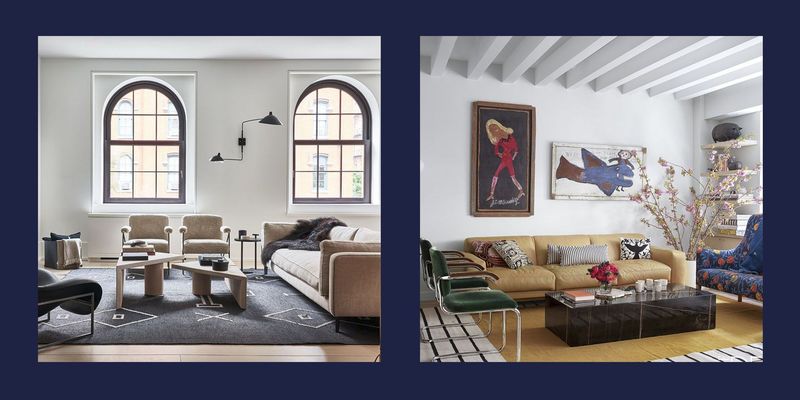
Family rooms cater to casual, everyday activities like movie nights and video gaming. Kids sprawl on the floor with toys while parents relax nearby.
Living rooms, however, maintain a more formal atmosphere for entertaining guests and hosting special occasions. They’re the sophisticated face your home presents to visitors.
Having both allows you to keep messy daily life contained while maintaining a pristine space for impromptu guests.
2. Furniture Choices
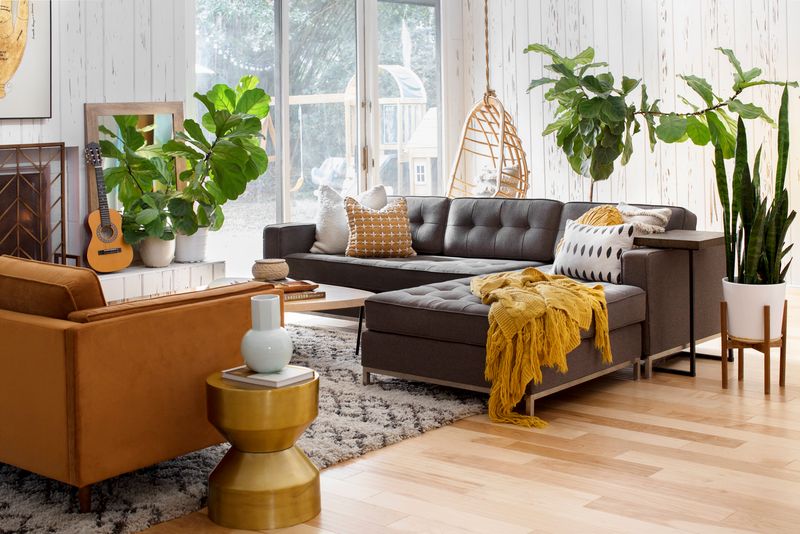
Where family rooms welcome overstuffed sectionals with washable slipcovers, living rooms often showcase more refined pieces with delicate fabrics. Family room furniture prioritizes comfort and durability above all else.
Living room selections might include that gorgeous white sofa you’d never dare place where kids eat snacks! Accent chairs in living rooms tend to favor form over function.
Sometimes the distinction lies in whether you’d panic seeing someone with a glass of red wine sitting down.
3. Location In The Home
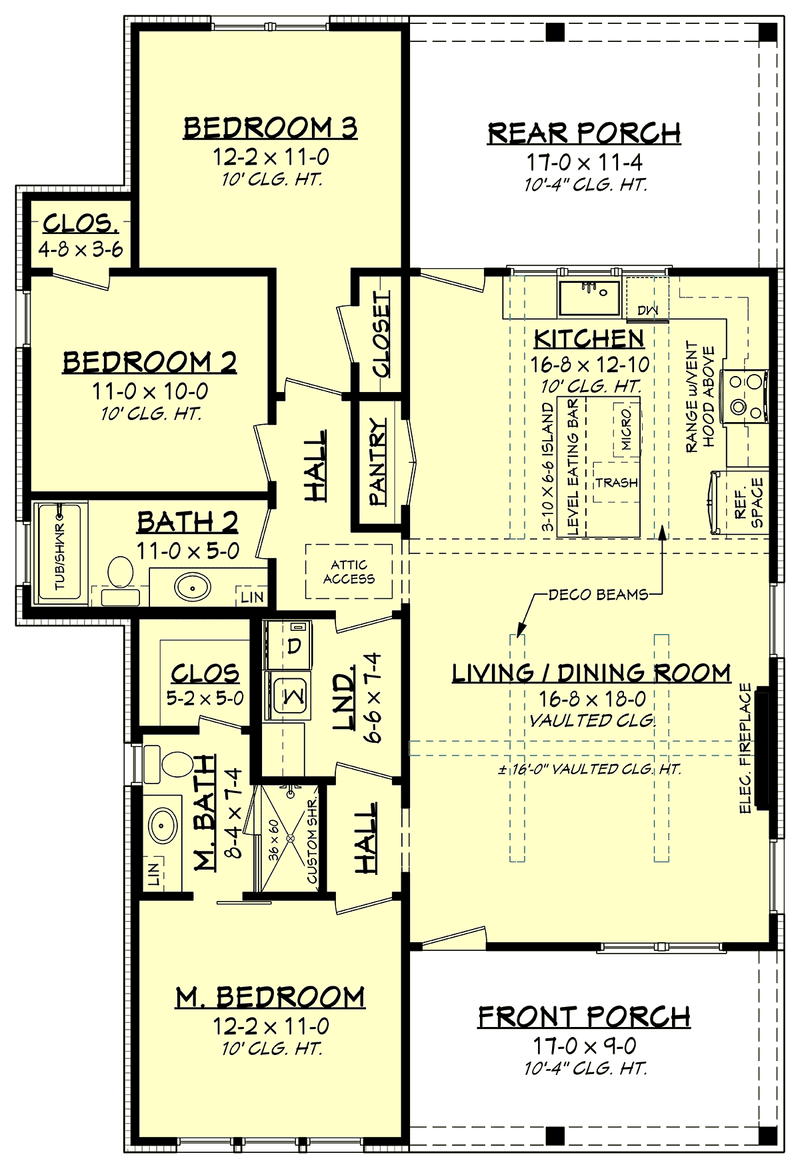
Family rooms typically nestle near kitchens, creating a natural flow for families moving between cooking and relaxing. This proximity makes snack retrieval missions quick and painless!
Living rooms often claim prime real estate at the front of houses, sometimes called “front rooms” for this reason. They’re positioned to impress visitors immediately upon entering.
If your house has both, chances are you walk through the living room to reach other spaces, while the family room feels more tucked away.
4. Entertainment Features
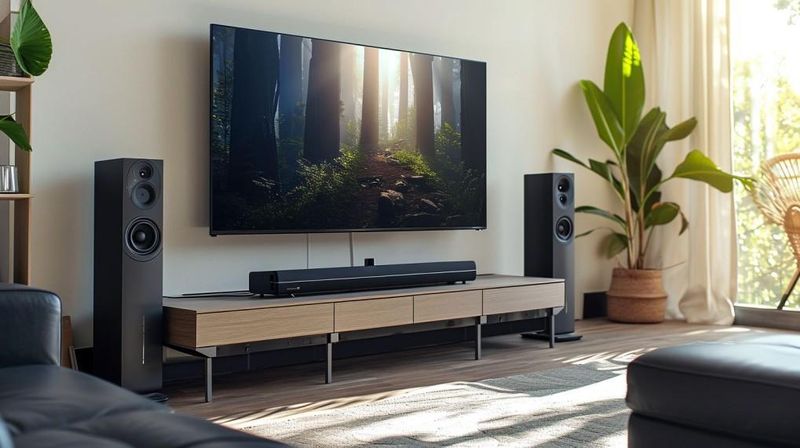
Gaming consoles, massive TVs, and sound systems typically dominate family rooms. You’ll find charging stations for devices and perhaps that karaoke machine nobody admits to using but everyone loves.
Living rooms might feature smaller TVs discreetly mounted or hidden in cabinets. Some forgo technology altogether in favor of conversation-promoting layouts.
While family rooms buzz with digital entertainment, living rooms might showcase board games in decorative boxes or musical instruments as both functional items and decor.
5. Decorative Elements

Family rooms showcase children’s artwork, family photos, and perhaps that quirky collection everyone contributes to. Throw pillows might not match perfectly, and blankets stay within reach for movie nights.
Living rooms display more curated decor – perhaps artwork with actual frames or matched accent pieces. Everything feels intentionally placed rather than accumulated.
While family rooms tell your story through collected memories, living rooms often present a more edited version of your aesthetic preferences.
6. Color Schemes
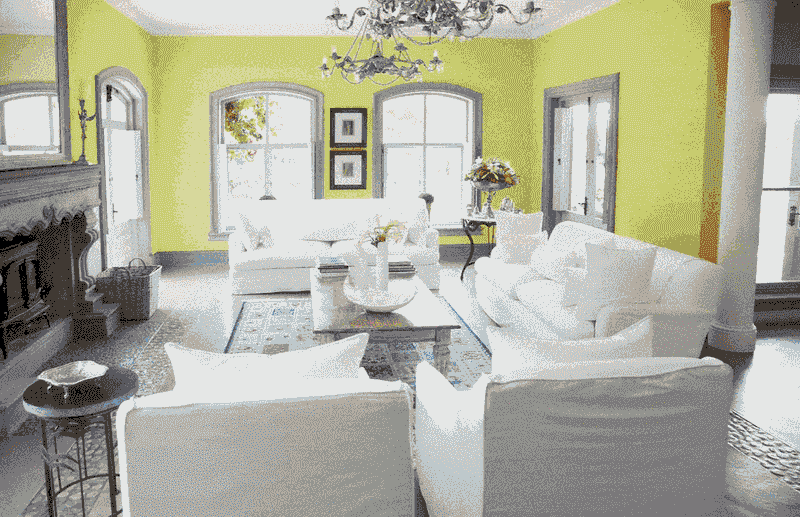
Family rooms embrace warmer, more forgiving color palettes that hide inevitable spills and smudges. Think practical browns, navy blues, or playful accent walls that energize the space.
Living rooms often feature more sophisticated color schemes – perhaps cooler neutrals or carefully coordinated complementary colors. White and cream appear more frequently where grape juice isn’t likely to make surprise appearances.
Having both rooms lets you satisfy both your practical side and your design aspirations without compromise!
7. Traffic Patterns
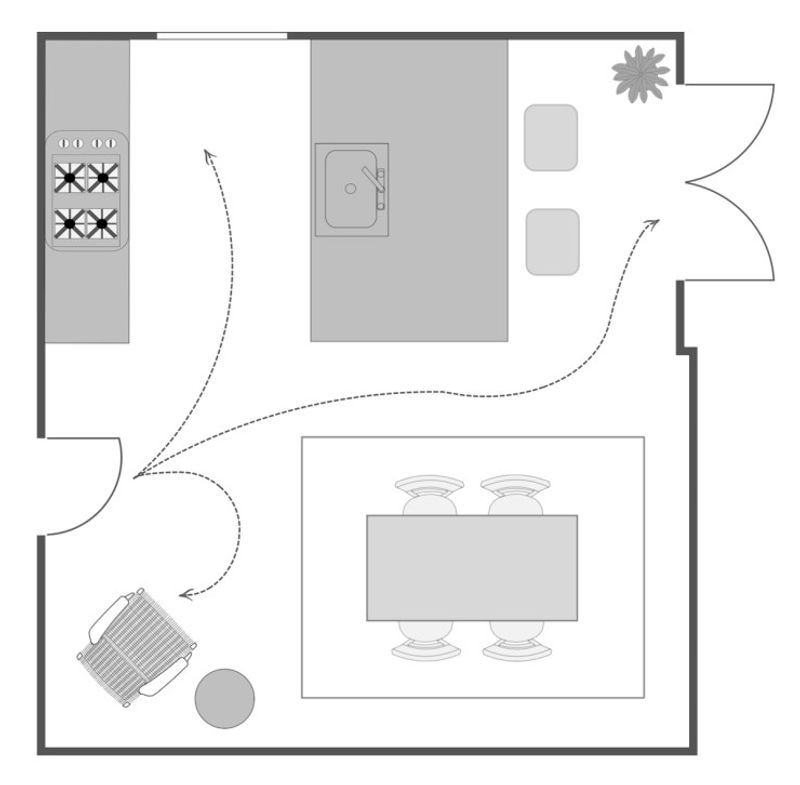
Family rooms handle constant movement – kids racing through, dogs chasing toys, and the regular parade to and from the kitchen. Floor plans accommodate this flow with wider pathways and fewer obstacles.
Living rooms experience more controlled traffic patterns, often with furniture arrangements creating conversation areas rather than thoroughfares. Visitors tend to stay seated rather than moving freely about.
Notice how family rooms have clear paths to doorways while living rooms might place delicate items exactly where they look best, traffic flow notwithstanding.
8. Flooring Materials
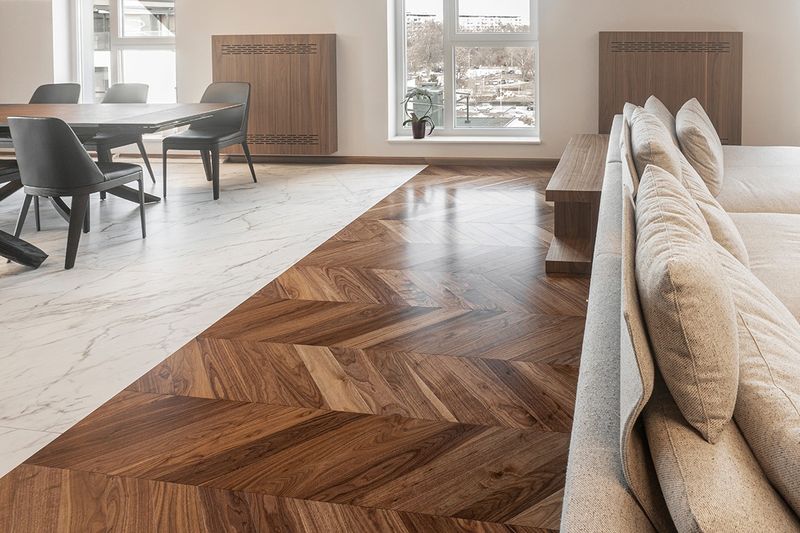
Family rooms favor practical flooring options like stain-resistant carpet, luxury vinyl plank, or sealed hardwood with washable area rugs. Materials must withstand spills, pet accidents, and the occasional science experiment gone wrong.
Living rooms might showcase more delicate options – perhaps wool rugs, polished hardwood, or even marble in some upscale homes. These choices emphasize beauty over bulletproof durability.
The distinction? Whether you’d stress about someone walking in with muddy shoes.
9. Lighting Arrangements
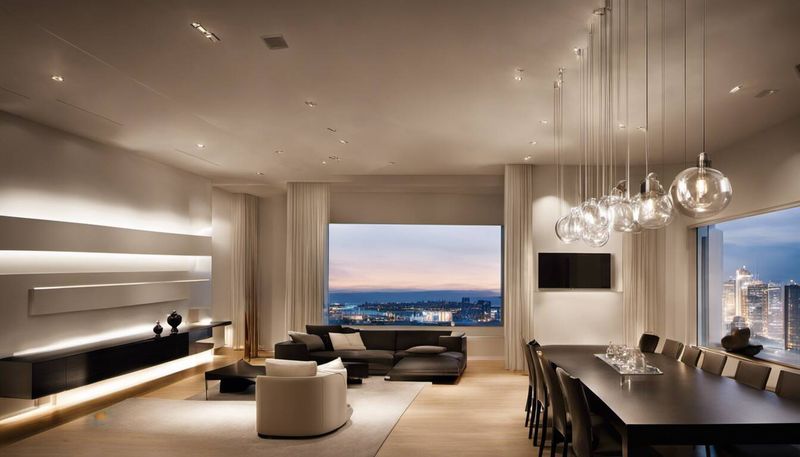
Family rooms typically feature adjustable, practical lighting for various activities. Expect recessed fixtures with dimmers for movie nights and task lighting for homework or craft projects.
Living rooms showcase more decorative lighting choices – perhaps statement chandeliers, wall sconces, or designer table lamps. The focus shifts from pure function to creating ambiance and highlighting architectural features.
If one room has exposed bulbs in industrial fixtures while another sports silk-shaded lamps, you’ve spotted the difference!
10. Storage Solutions
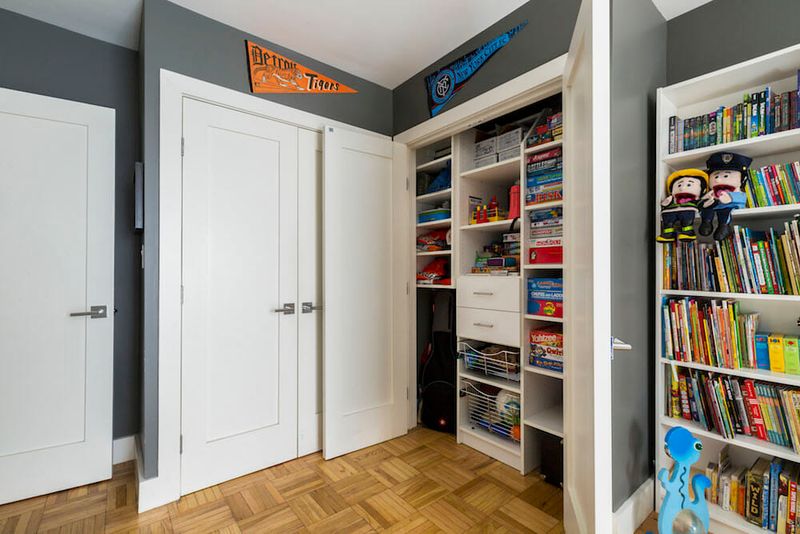
Family rooms incorporate clever storage everywhere – ottomans hiding board games, built-ins corralling video game accessories, and baskets containing the day’s debris. Storage prioritizes accessibility even for younger family members.
Living rooms feature more discreet storage options that prioritize aesthetics over capacity. Think slim console tables rather than bulky entertainment centers.
While family room storage solutions admit to life’s messiness, living room storage pretends nobody ever accumulates stuff!
11. Window Treatments
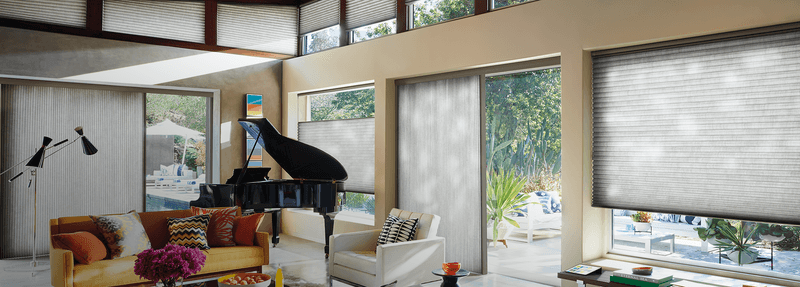
Family rooms generally feature practical window coverings like cordless blinds or machine-washable curtains. Blackout options might be installed for daytime movie watching or afternoon naps.
Living rooms showcase more decorative window treatments – perhaps layered sheers with drapes, custom valances, or motorized shades. These focus on framing views and enhancing architecture rather than just controlling light.
If one room’s windows are dressed to impress while another’s prioritize function, you’ve found another key difference!
12. Maintenance Needs
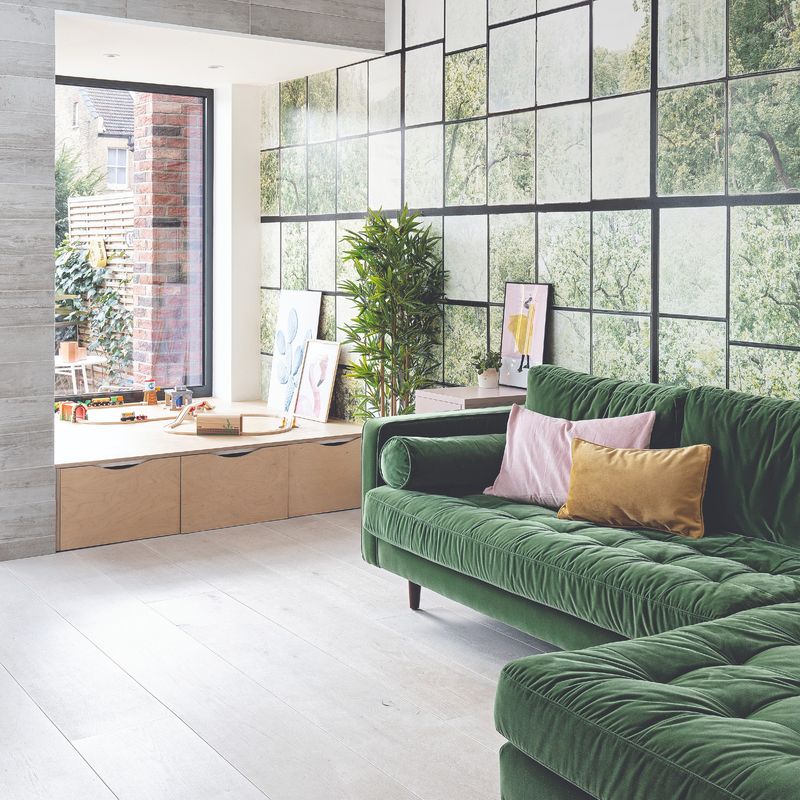
Family rooms require frequent but straightforward maintenance – regular vacuuming, cushion fluffing, and the occasional rescue mission for toys lost between sofa cushions. Materials stand up to cleaning products and frequent attention.
Living rooms demand less frequent but more specialized care. Delicate fabrics might need professional cleaning, and special finishes could require specific products.
Would you panic if someone spilled soda on the sofa? If yes, you’re probably in the living room!
13. Noise Levels
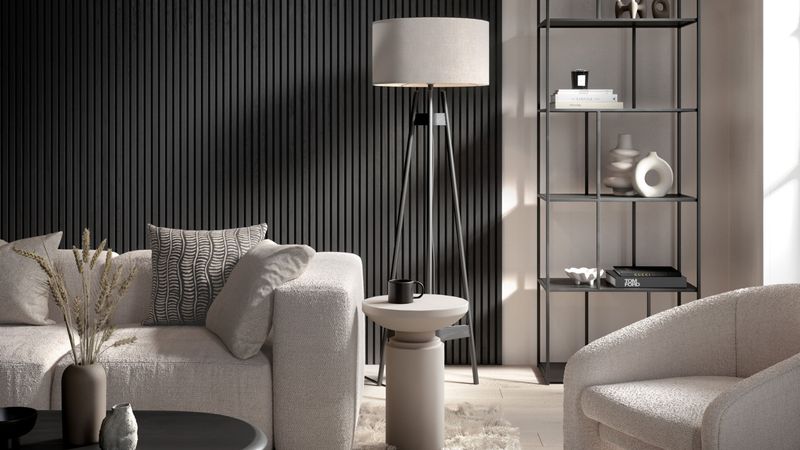
Family rooms embrace noise – gaming sound effects, music, loud conversations, and the occasional friendly argument about what to watch next. Acoustics might include sound-absorbing elements to contain the chaos.
Living rooms tend toward quieter interactions – background music at moderate volumes and conversation at “indoor voice” levels. The atmosphere encourages meaningful discussions rather than boisterous activities.
One room welcomes spontaneous dance parties while the other might host book club discussions.
14. Rules And Restrictions
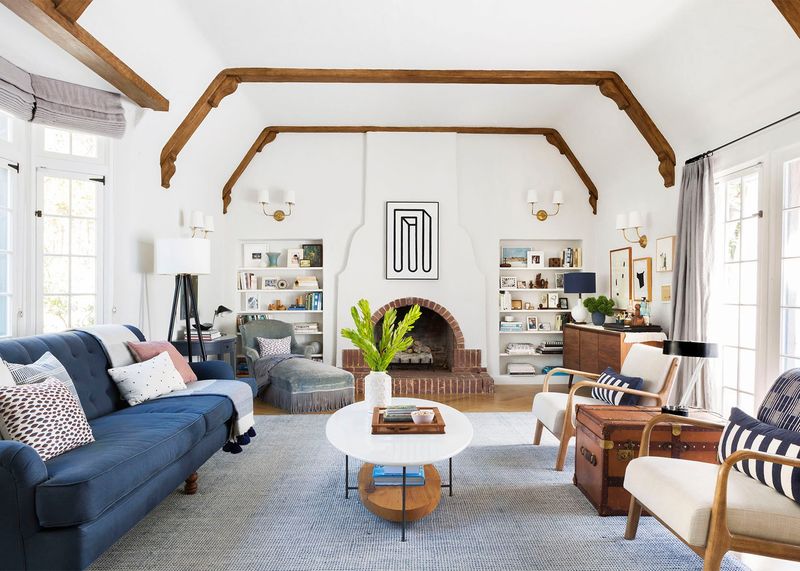
Family rooms operate under relaxed rules – feet on furniture, eating while watching TV, and building blanket forts are generally permitted. These spaces prioritize comfort and enjoyment over preserving pristine conditions.
Living rooms often come with unspoken regulations – perhaps no food beyond appetizers, shoes removed, or children’s activities limited. These guidelines protect more delicate furnishings and maintain the room’s formal atmosphere.
If you hear “be careful in there” before entering, you’re heading into a living room!
15. Seasonal Adaptations
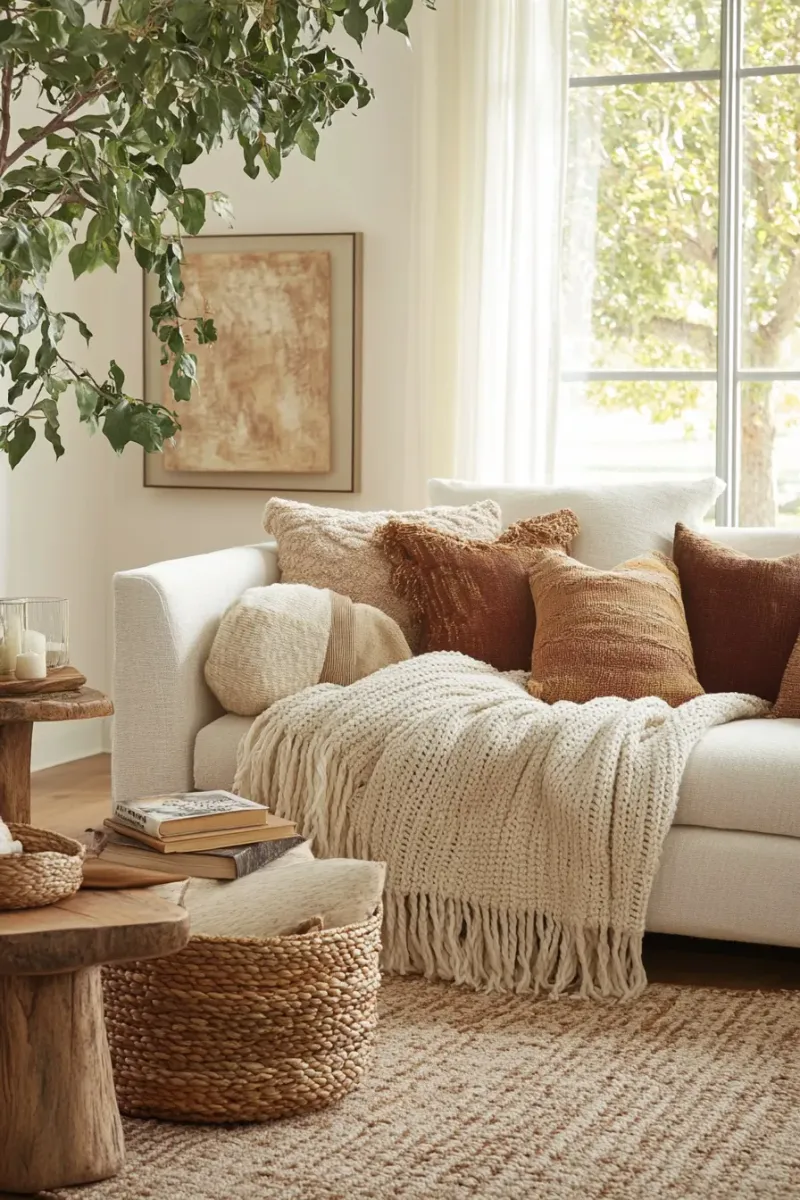
Family rooms transform throughout the year – summer brings out board games and indoor activities during hot afternoons. Winter welcomes extra blankets and perhaps a hot chocolate station.
Living rooms maintain more consistent setups with seasonal changes appearing through controlled decorative elements rather than functional shifts. Summer might bring lighter throw pillows while winter introduces deeper colors.
While family rooms adapt to changing family needs, living rooms adapt primarily for aesthetic reasons and entertaining occasions.
16. Why You Might Want Both
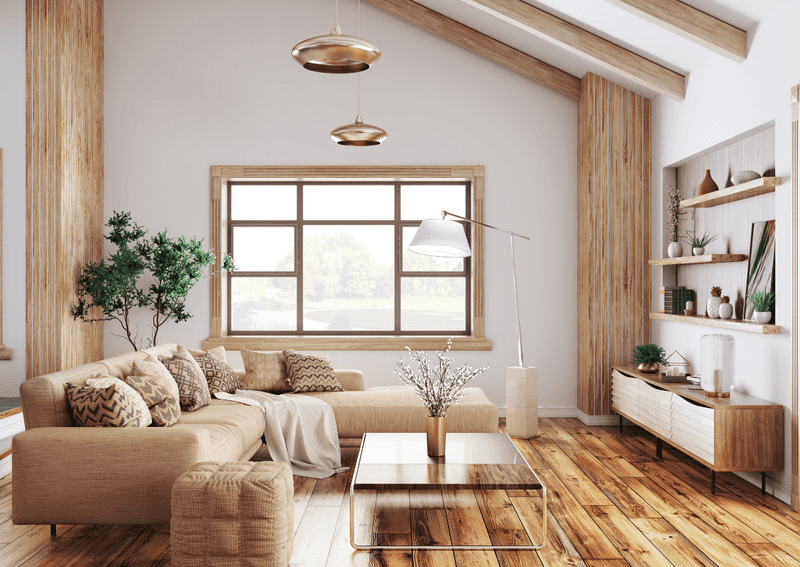
Having both rooms creates balance between practicality and aspiration in your home. Family rooms serve daily needs without worry about perfection, while living rooms satisfy your design dreams.
Separate spaces help contain clutter naturally – the family room absorbs daily living mess while the living room stays ready for unexpected visitors. This dual setup reduces cleaning panic when the doorbell rings!
Most importantly, separate spaces accommodate different moods and needs simultaneously – teenagers can watch loud movies while adults enjoy quiet conversation elsewhere.

